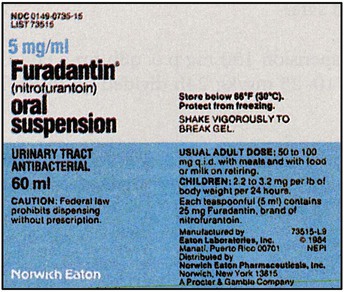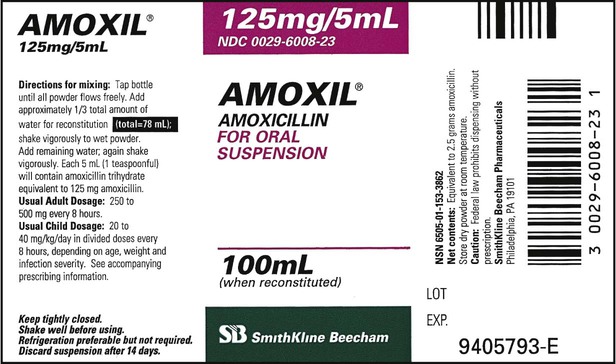Chapter 10 • Calculate doses of medications for children and adults using body weight • Calculate doses of medications for children using Clark’s rule • Calculate doses of medication for special populations based on body surface area • Calculate doses of medication for infants using Fried’s rule • Calculate doses of medication for children using Young’s rule Again, ounces may be canceled and the means and extremes multiplied or Now convert total weight to kilograms for the child weighing 18.25 lb. The steps for calculating mg/kg are as follows: 1. Obtain the weight of the patient, and calculate that weight into kilograms. 2. Read the physician’s order for the strength or weight of the medication that is to be provided to the patient. 3. Complete the calculation of medication of “mg/kg” by multiplying. 4. After obtaining the dose of medication to be administered, use the ratio and proportion, dimensional analysis, or formula method to calculate the dose in either solid tablets or capsules or volume of liquid medication as shown in Chapters 7 and 8. If the medication needs reconstitution, use the knowledge from Chapter 9 to reconstitute the medication. If you need to review the mathematical calculations for doses of liquid medications, refer to Chapter 8. If the medication is in a solid form, review Chapter 7 as needed. OR if weight in kilograms is to be used, the calculation formula would be
Calculation of Medications for Special Populations Based on Body Weight and Patient Age
Calculating Medication Doses By Body Weight













Use Of Clark’s Rule For Pediatric Dosage


![]()
Stay updated, free articles. Join our Telegram channel

Full access? Get Clinical Tree



 .
.
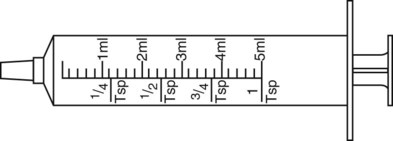
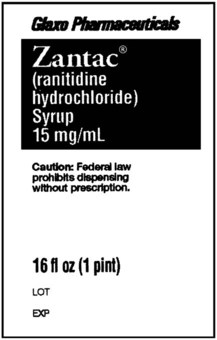


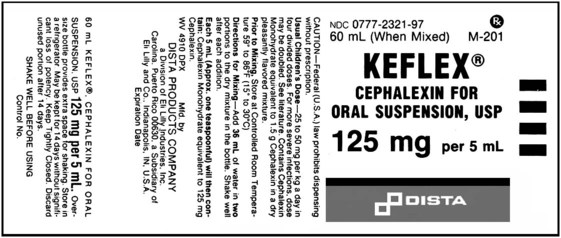
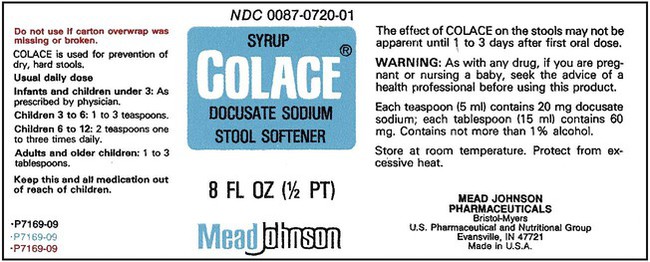


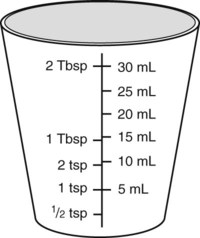


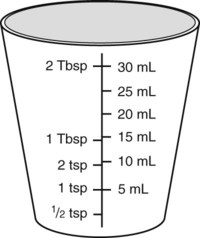
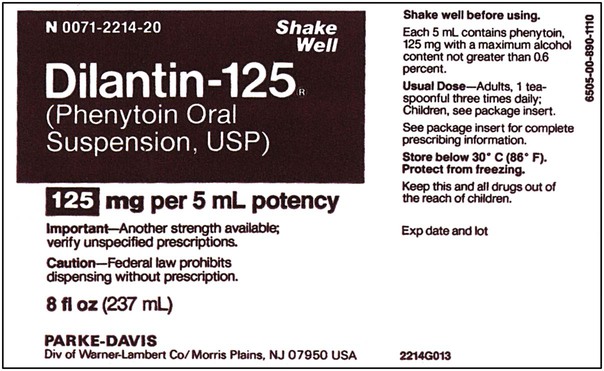



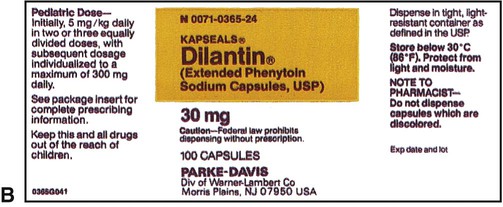
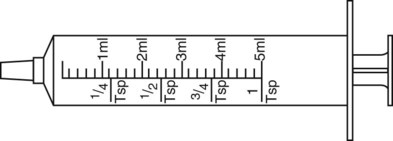
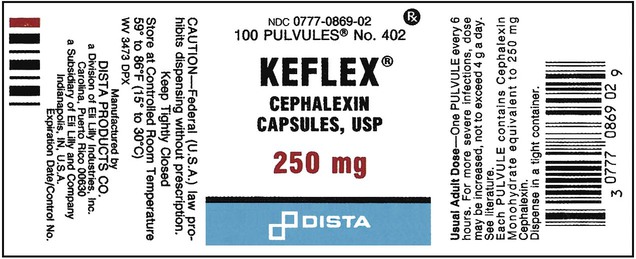
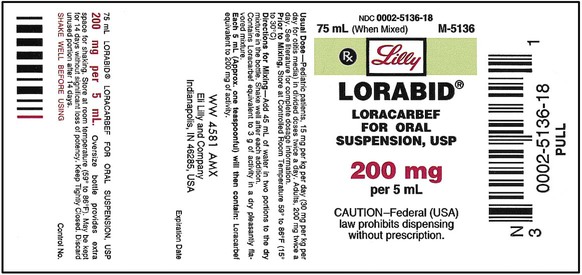

 years? ____________________
years? ____________________